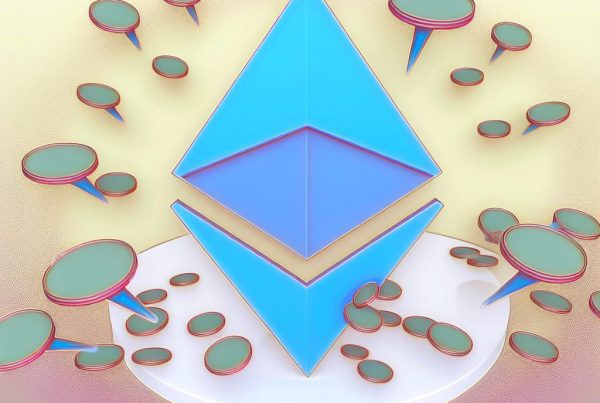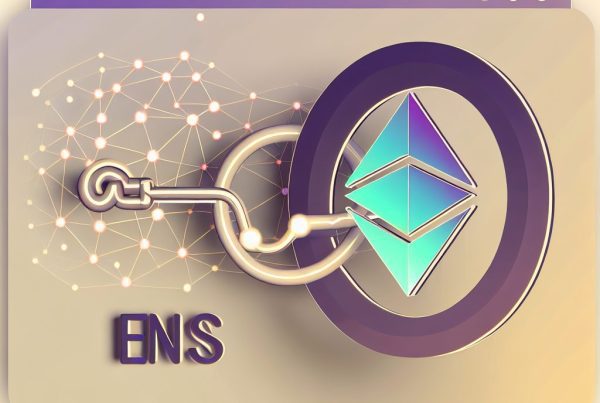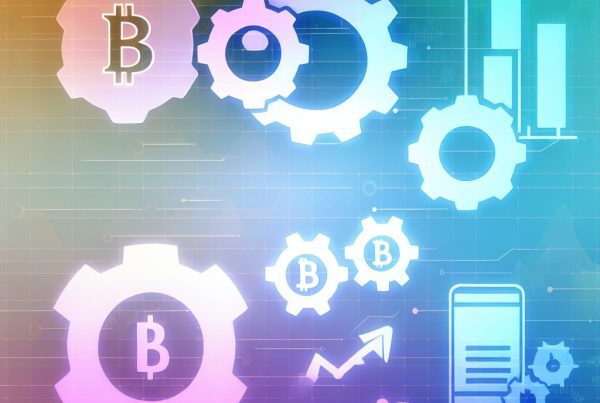How to Use EVM-Compatible Chains
The rise of blockchain technology has led to the emergence of various platforms, each with unique features and capabilities. Among these, EVM-compatible chains have gained significant traction due to their interoperability with the Ethereum Virtual Machine (EVM). This article delves into the intricacies of using EVM-compatible chains, their benefits, and practical applications in the cryptocurrency industry.
Understanding EVM-Compatible Chains
EVM-compatible chains are blockchain networks that can execute smart contracts written for the Ethereum platform. This compatibility allows developers to deploy their Ethereum-based applications on other chains without significant modifications. Some popular EVM-compatible chains include:
- Binance Smart Chain (BSC)
- Polygon (MATIC)
- Fantom
- Avalanche
- Arbitrum
These chains leverage the security and decentralization of Ethereum while offering enhanced scalability and lower transaction fees. As a result, they have become attractive alternatives for developers and users alike.
Benefits of Using EVM-Compatible Chains
Utilizing EVM-compatible chains presents several advantages:
- Interoperability: Developers can easily migrate their applications across different chains, enhancing flexibility.
- Lower Fees: Many EVM-compatible chains offer significantly lower transaction costs compared to Ethereum, making them more accessible for users.
- Faster Transactions: These chains often boast quicker block times, resulting in faster transaction confirmations.
- Robust Ecosystem: EVM-compatible chains benefit from Ethereum’s extensive developer community and existing tools, libraries, and resources.
Getting Started with EVM-Compatible Chains
To effectively use EVM-compatible chains, follow these steps:
1. Choose Your EVM-Compatible Chain
Start by selecting an EVM-compatible chain that aligns with your project goals. Consider factors such as transaction speed, fees, and community support. For instance, if you prioritize low fees, Binance Smart Chain might be a suitable choice.

2. Set Up a Wallet
Next, you need a wallet that supports the chosen EVM-compatible chain. Popular options include:
- MetaMask: A widely used browser extension that supports multiple chains.
- Trust Wallet: A mobile wallet that offers support for various cryptocurrencies and chains.
- Ledger: A hardware wallet providing enhanced security for your assets.
After selecting a wallet, follow the setup instructions to create your account and secure your private keys.
3. Acquire the Native Token
Each EVM-compatible chain has its native token, which is required for transaction fees. For example:
- Binance Smart Chain uses BNB.
- Polygon uses MATIC.
- Avalanche uses AVAX.
You can acquire these tokens through exchanges like Binance, Coinbase, or decentralized exchanges (DEXs) such as PancakeSwap or Uniswap.
4. Connect Your Wallet
Once you have your wallet set up and funded, connect it to the EVM-compatible chain. Most decentralized applications (dApps) will prompt you to connect your wallet. Ensure you select the correct network in your wallet settings.
5. Explore dApps and Smart Contracts
With your wallet connected, you can now explore various dApps available on the EVM-compatible chain. Popular categories include:
- Decentralized Finance (DeFi): Platforms like Aave and Curve allow users to lend, borrow, and trade assets.
- Non-Fungible Tokens (NFTs): Marketplaces like OpenSea and Rarible enable users to buy, sell, and create NFTs.
- Gaming: Blockchain games like Axie Infinity and Decentraland offer unique play-to-earn experiences.
Case Studies of Successful EVM-Compatible Chains
Several EVM-compatible chains have demonstrated significant success in the cryptocurrency space. Here are a few notable examples:
Binance Smart Chain (BSC)
Launched in September 2020, Binance Smart Chain quickly gained popularity due to its low fees and fast transaction speeds. BSC hosts a thriving DeFi ecosystem, with projects like PancakeSwap and Venus leading the charge. As of 2025, BSC has processed billions of transactions, showcasing its scalability and user adoption.
Polygon (MATIC)
Polygon has emerged as a leading layer-2 solution for Ethereum, providing faster and cheaper transactions. Its integration with Ethereum allows developers to build scalable dApps while benefiting from Ethereum’s security. Notable projects like Aave and SushiSwap have successfully migrated to Polygon, further solidifying its position in the market.
Fantom
Fantom is known for its high throughput and low latency, making it an attractive option for DeFi applications. Its unique consensus mechanism, Lachesis, enables rapid transaction confirmations. Projects like SpookySwap and Yearn Finance have leveraged Fantom’s capabilities to enhance user experiences.
Challenges and Considerations
While EVM-compatible chains offer numerous benefits, they also come with challenges:
- Security Risks: As with any blockchain, vulnerabilities in smart contracts can lead to exploits and hacks.
- Network Congestion: High demand can lead to congestion, resulting in slower transaction times and higher fees.
- Regulatory Uncertainty: The evolving regulatory landscape may impact the operation of EVM-compatible chains.
Best Practices for Using EVM-Compatible Chains
To maximize your experience with EVM-compatible chains, consider the following best practices:
- Stay Informed: Follow reputable sources for updates on network developments and security advisories.
- Use Reputable dApps: Research dApps before using them to ensure they have a good reputation and security track record.
- Secure Your Wallet: Use hardware wallets for long-term storage and enable two-factor authentication for added security.
FAQs
What are EVM-compatible chains?
EVM-compatible chains are blockchain networks that can execute smart contracts written for the Ethereum platform, allowing for interoperability and easier migration of applications.
Why should I use an EVM-compatible chain?
Using EVM-compatible chains can offer lower transaction fees, faster transaction speeds, and access to a robust ecosystem of dApps and tools.
How do I connect my wallet to an EVM-compatible chain?
To connect your wallet, select the appropriate network in your wallet settings and follow the prompts on the dApp you wish to use.
Are EVM-compatible chains secure?
While EVM-compatible chains benefit from Ethereum’s security, they are not immune to vulnerabilities. Always conduct thorough research and use reputable dApps.
Conclusion
EVM-compatible chains represent a significant advancement in the blockchain ecosystem, providing developers and users with enhanced flexibility, lower costs, and faster transactions. By understanding how to navigate these chains, you can leverage their capabilities to participate in the growing world of decentralized applications and finance.
For the latest news and updates in the cryptocurrency space, consider visiting Bitrabo. You can also follow me on social media for more insights: X, Instagram, and Threads.
Disclaimer: This article is for informational purposes only and should not be considered financial advice. Always conduct your own research before making investment decisions.
The Crypto Watchlist of the Week 🔎
Subscribe to receive expert-curated projects with real potential—plus trends, risks, and insights that matter. Get handpicked crypto projects, deep analysis & market updates delivered to you.


